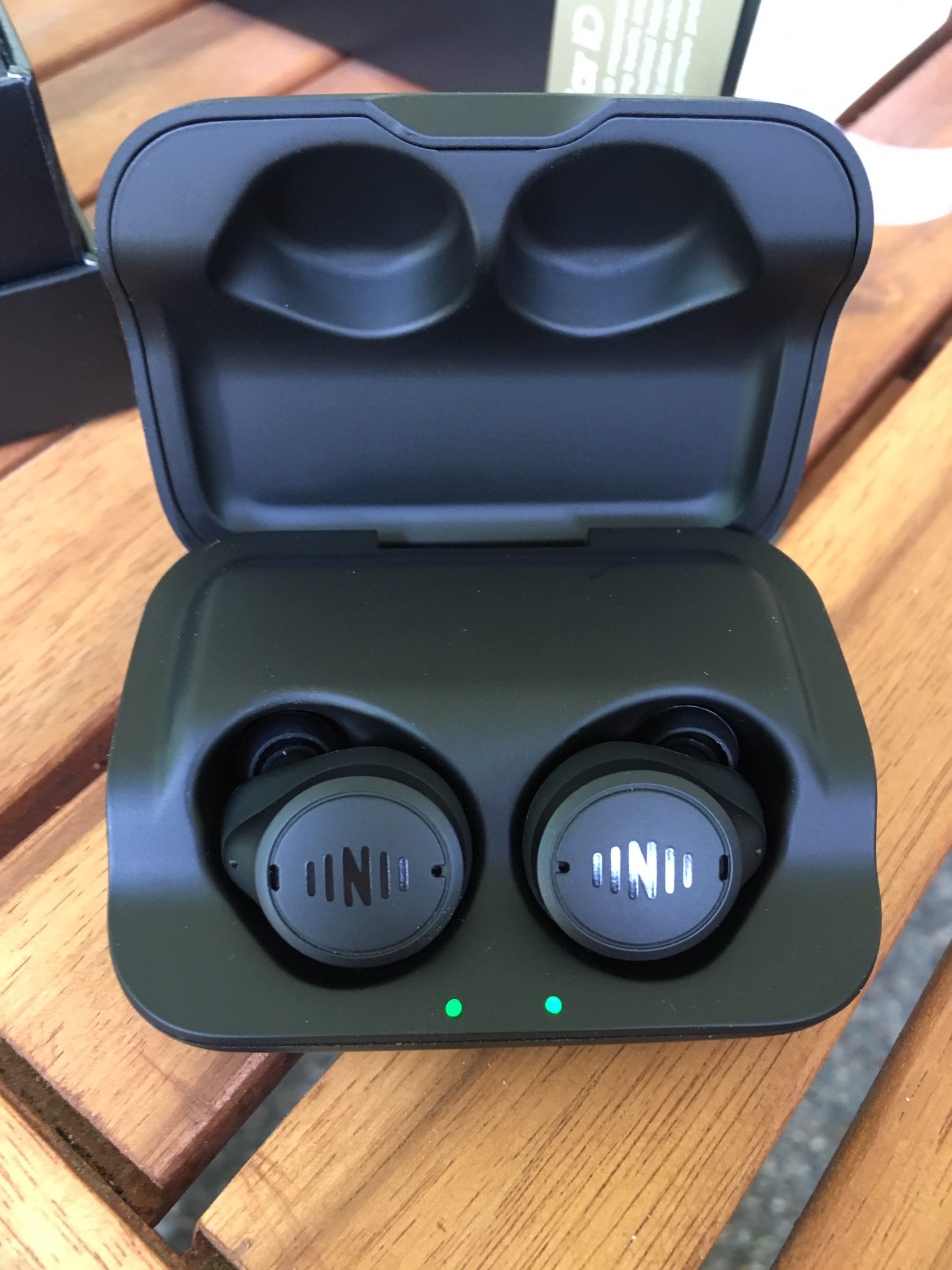Oticon Medical is launching an annual recurring awareness day, Good Vibrations Day, to celebrate and raise awareness about bone anchored hearing as a treatment.
Today, more than 250,000 people from all over the globe use some form of bone conduction hearing device. May 3 is meant to celebrate them and the treatment—regardless of brand—by providing them with a day to talk about their experiences living with bone anchored hearing devices.
“At Oticon Medical, we recognize the importance of sound for wellbeing, for development—even for general health. So, of course, we are passionate about providing as many people as possible with the best sound imaginable. That also means creating more awareness—not just about products—but about the treatment itself. We hear much too often that a person didn’t know that their hearing loss could be alleviated, and therefore went years and years unaided. This day, May 3, is our contribution to keeping the conversation of hearing alive.”
–Oticon Medical CEO, Jes Olsen
Oticon Medical is celebrating May 3 with different activities and events in countries all over the world, including contests, fun and games. It is our hope that other bone anchored brands will join us in making Good Vibrations a truly non-branded awareness day focused on the people and the treatment—not products.
Good Vibrations posts, stories, tweets, reels etc. can be shared by all using the #goodvibrations and the #boneanchoredhearing hashtags and they can be shared on the Good Vibrations Facebook page.
Celebrating Bone Anchored Hearing
The May 3 date was chosen deliberately because it is the birthday of Per-Ingvar Brånemark. Brånemark was a Swedish physician and research professor. He is known as father of osseointegration and the godfather of bone anchored hearing, because his discoveries enabled the development of today’s bone conduction hearing devices.
Brånemark coined the term osseointegration* in the 1960s during studies in bone rheology and defined it as the direct contact between a metal (often titanium) implant and living bone tissue. The first clinical application of titanium implants was in oral surgery, where they continue to be used today. By chance, these first dental implants led the way for the first bone conduction hearing implant. In the beginning, Brånemark was looking to evaluate the titanium implant’s ability to fuse with bone. In the process, he used an acoustic method of measurement where he put a bone vibration device on a patient with a dental implant.
One patient, who by coincidence also had hearing loss, heard a sound when the vibrations began that was unexpectedly loud, especially for someone who was hard of hearing. A new discovery was born—a bone anchored implant could be used to send sound efficiently through bone directly to the inner ear.
That was the beginning of a totally new way of treating people who had, up until this point, not been able to hear because they could not benefit from traditional air conduction hearing aids.
Bone anchored hearing systems today consist of a small implant, an abutment/connector, and a sound processor that attaches to the abutment/connector. The sound processor transmits sound by conduction through bone directly into the cochlea. In this way, bone anchored hearing systems use both the body’s natural ability to conduct sound as well as its ability to osseointegrate, and thus secure, an implant.
More information about Good Vibrations Day can be found at https://www.facebook.com/boneanchoredhearing/. To learn more about Oticon Medical, visit https://www.oticonmedical.com/us.
* OSSEOINTEGRATION (FROM LATIN OSSEUS “BONY” AND INTEGRARE “TO MAKE WHOLE”) IS THE DIRECT STRUCTURAL AND FUNCTIONAL CONNECTION BETWEEN LIVING BONE AND THE SURFACE OF A LOAD-BEARING ARTIFICIAL IMPLANT
About Oticon Medical
Oticon Medical is a global company in implantable hearing solutions, dedicated to bringing the magical world of sound to people at every stage of life. As a member of one of the world’s largest groups of hearing care companies, we share a close link with Oticon and direct access to the latest advancements in hearing research and technologies. Our competencies span more than a century of innovations in sound processing and decades of pioneering experience in hearing implant technology. By working collaboratively with patients, physicians and hearing care professionals, we ensure that every solution we create is designed with user needs in mind. We share an unwavering commitment to provide innovative solutions and support that enhance quality of life for people wherever life may take them. Because we know how much sound matters.






